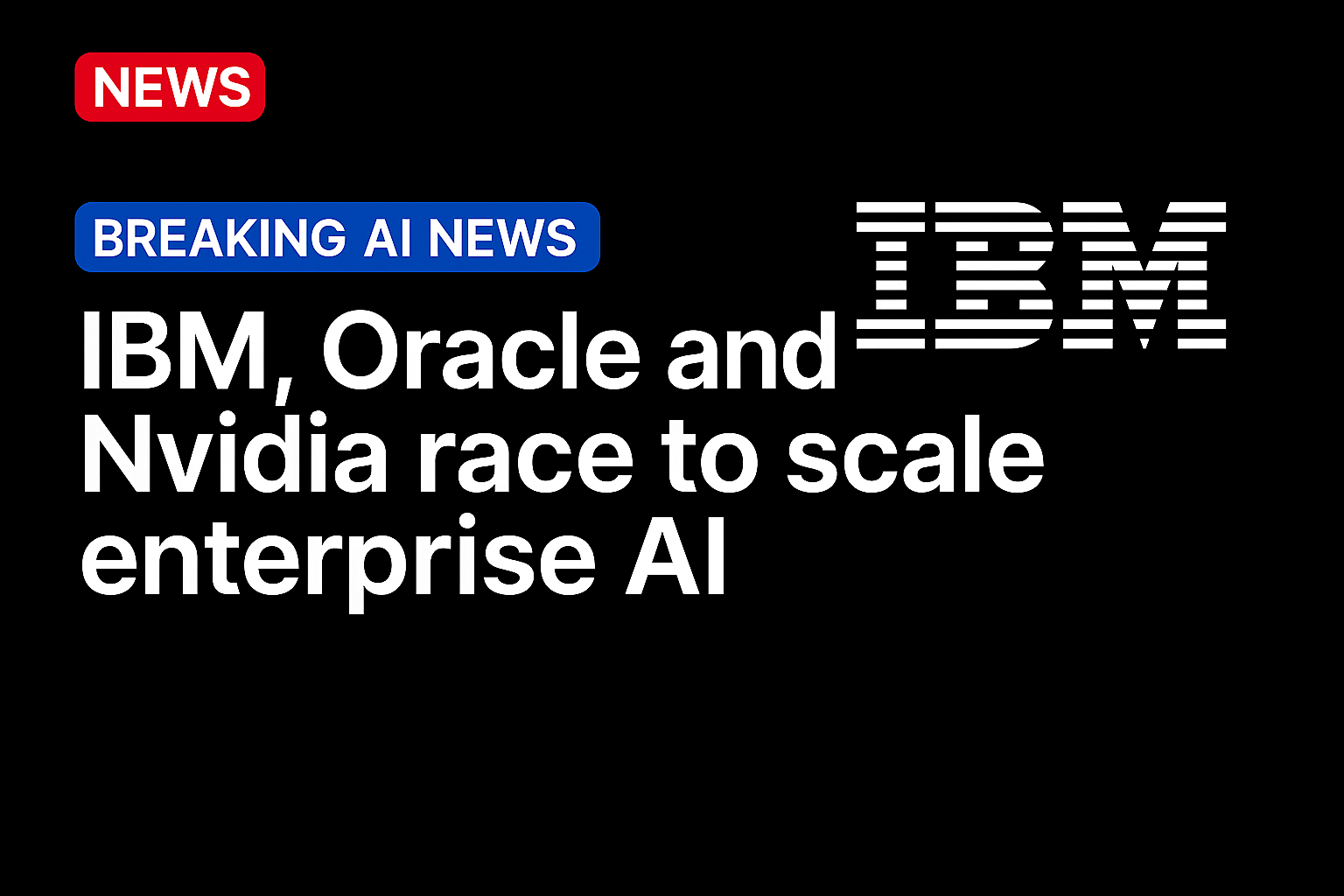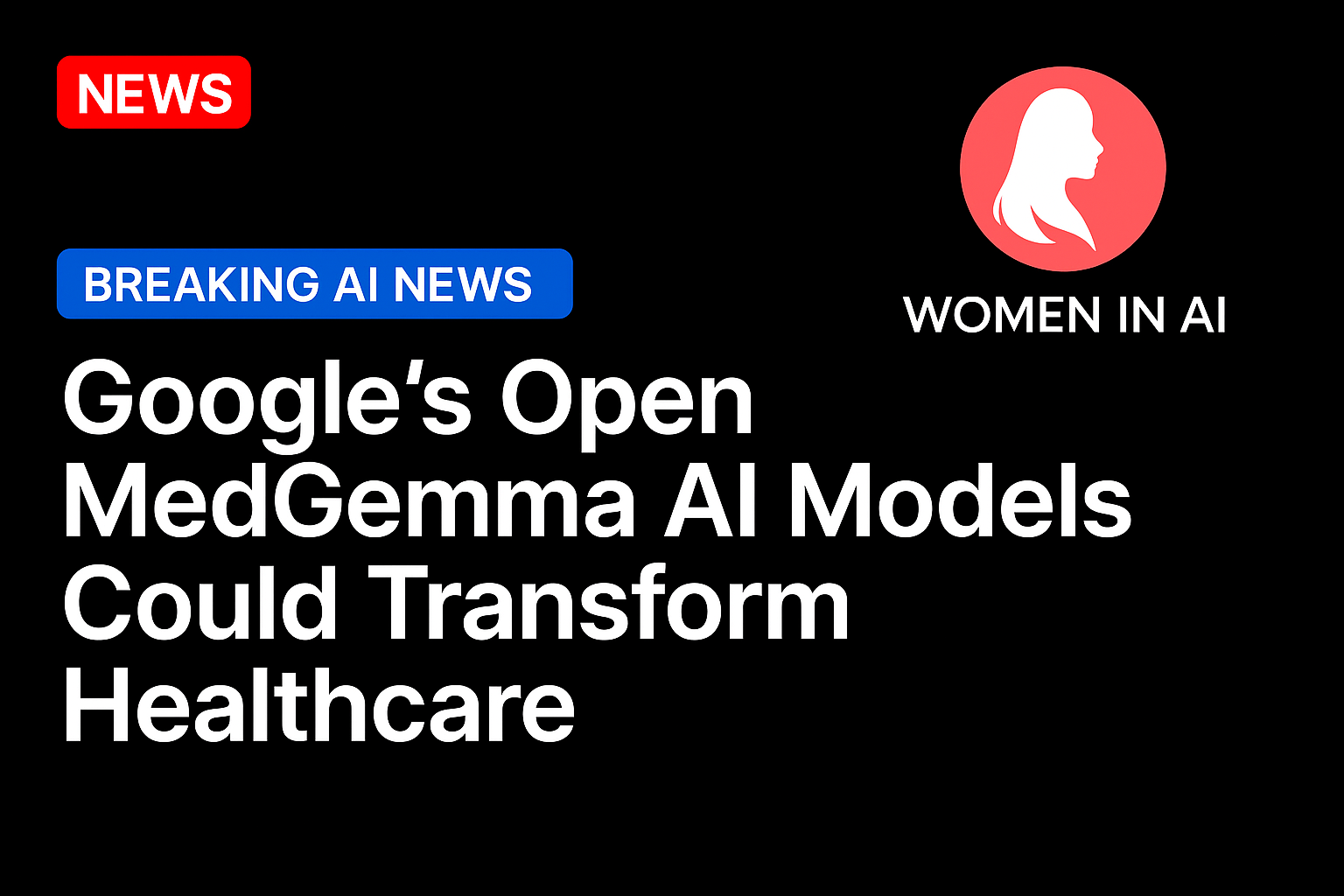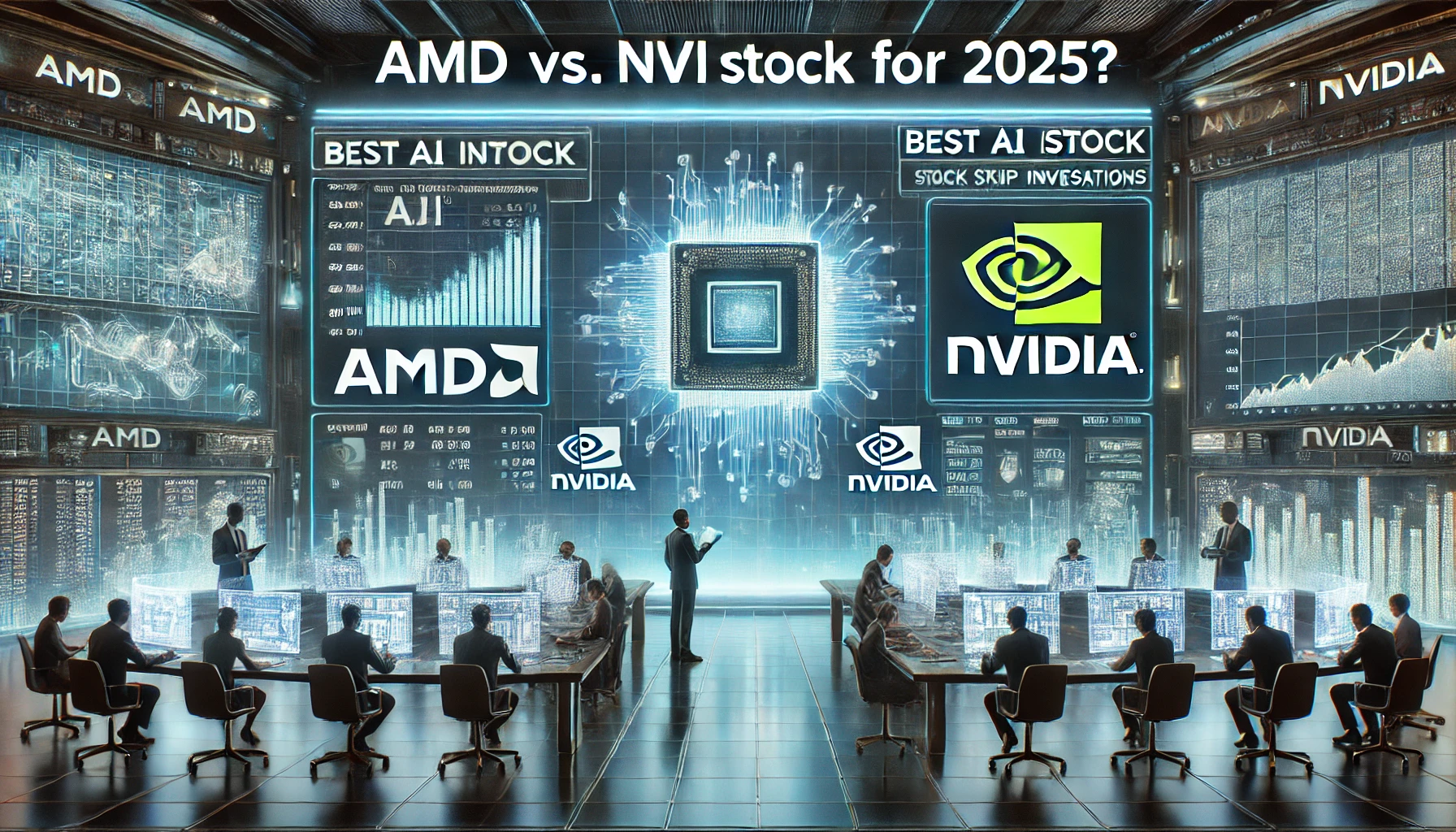
For two years, the enterprise story on artificial intelligence centered on testing whether chatbots, copilots and generative models could deliver measurable value. Now, the focus has shifted to execution. The week’s announcements from IBM, Oracle and Nvidia show that AI is becoming a foundation of the enterprise stack.
IBM signaled that transition by announcing a partnership with Anthropic to embed the Claude family of large language models into its new AI-first software-development environment. The integration will bring Claude into IBM’s hybrid-cloud ecosystem, allowing developers to modernize code, automate testing, and deploy updates within tightly governed systems.
The move matters because it addresses a growing operational gap: enterprises want the productivity gains of generative AI without sacrificing compliance or data control. By combining Anthropic’s model capabilities with IBM’s enterprise-grade governance, the collaboration aims to turn AI from a sandbox tool into a dependable utility for critical workloads. As The Wall Street Journal reported, the partnership is designed to help large corporations use generative AI under strict compliance and data-security standards.
For Anthropic, the deal expands access to enterprise clients at a time when the company is scaling rapidly. Reuters noted that Anthropic plans to triple its international workforce to meet demand for Claude deployments outside the U.S. The question is whether IBM can demonstrate that large-scale generative tools can operate within compliance-heavy environments like finance and healthcare, where every automated decision must be traceable and defensible, a challenge the entire industry is now trying to solve.
At the infrastructure layer, EPAM Systems and Oracle announced an expanded alliance to accelerate adoption of AI-enabled cloud services across industries such as healthcare, insurance and financial services. EPAM will use its engineering and migration expertise to help clients move legacy workloads to Oracle Cloud Infrastructure while layering in Oracle’s native AI and analytics capabilities. The collaboration highlights how service providers are becoming critical to the AI economy. Most enterprises need partners that can integrate artificial intelligence models into complex, regulated data environments.
Further down the stack, Nvidia and Fujitsu revealed a partnership to co-develop AI infrastructure that links Fujitsu’s MONAKA CPUs with Nvidia GPUs through NVLink Fusion. The collaboration is designed to support advanced workloads in robotics, healthcare and manufacturing, industries that demand low-latency, high-efficiency computing. For Nvidia, the alliance fits a long-term strategy to build the global backbone for AI compute, extending from data centers to edge and embedded systems. Fujitsu, one of Japan’s largest technology and supercomputing companies, sees the partnership as a pathway to create sovereign, energy-efficient AI infrastructure aligned with national industrial and research goals. The roadmap includes next-generation systems capable of running industry-specific AI agents that adapt in real time.
AI’s maturation into enterprise infrastructure carries direct consequences for payments and finance. As institutions scale agentic decision systems, every layer from fraud detection to credit scoring now depends on intelligence that is explainable, stable, and auditable. Deploying AI at scale is also proving costly. As PYMNTS recently reported, for every dollar spent on AI models, businesses often spend five to 10 times more on integration, compliance, infrastructure and monitoring to make systems production ready.
At the same time, cumulative AI infrastructure spending is projected to exceed $2.8 trillion through 2029, underscoring how central compute and data systems are becoming to enterprise value creation.
Source: https://www.pymnts.com/




